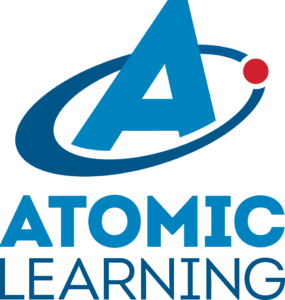 Are you looking for help using Microsoft products such as Office 365, SharePoint, or OneDrive? Do you need help using Adobe Creative Suite? Are you interested in learning more about designing effective presentations or creating digital portfolios? Want to beef up your time management, critical thinking, or decision making skills? Check out Atomic Learning!
Are you looking for help using Microsoft products such as Office 365, SharePoint, or OneDrive? Do you need help using Adobe Creative Suite? Are you interested in learning more about designing effective presentations or creating digital portfolios? Want to beef up your time management, critical thinking, or decision making skills? Check out Atomic Learning!
Atomic Learning is a free service available to all Lesley students, faculty and staff featuring hundreds of self-paced video tutorials on popular software tools, online tools, tech integration, mobile devices, college and career readiness, and more. Atomic Learning breaks down each topic into manageable tasks and explains each task through a one-to three-minute tutorial. You can view a tutorial when you have a quick question about a program you’re using or you can view a series of tutorials and master an entire application or topic.
Atomic Learning is available online, 24/7, from on campus or at home. Ready to give it a try? Log in to Atomic Learning with your myLesley username and password at http://atomiclearning.com/login/lesley
Want to learn more about navigating and using the Atomic Learning site? View the Atomic Learning Web Site tutorial.
